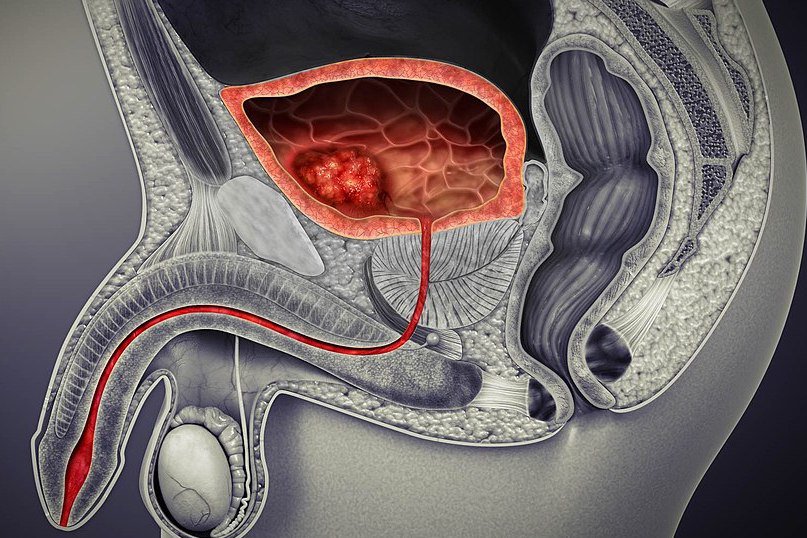Urinary Bladder Mass
Urinary Bladder Mass
A mass (growth) that is tracked down on the bladder – the muscular sac in the pelvic district that stores pee – can in some cases be demonstrative of bladder disease. In different subjects, a bladder mass could be a harmless (noncancerous) polyp, a small, cauliflower-like development that may later transform into bladder malignant growth. Many individuals with bladder polyps don’t foster malignant growth, yet some might encounter annoying side effects like continuous or agonizing pee that require clinical consideration. Bladder cancer is a relatively rare form of cancer that starts in the lining of your bladder. Your bladder is a small hollow organ that holds your pee (urine).

What are the symptoms of bladder cancer?
You likely can’t identify a bladder mass all alone, so it’s gainful to know about the expected side effects of bladder disease and look for clinical consideration if they happen. Some of the most common signs of bladder cancer include:
- Blood in the urine
- Burning sensations or pain while urinating
- Difficulty emptying the bladder
- An unusually weak urine stream
- A frequent urge to urinate, even when the bladder is empty
- Low back pain on one side
How does this condition affect my body?
Your bladder is a triangle-molded organ that is focused between your hip bones, over your urethra, and underneath your kidneys. Pee from your kidneys channels into your bladder, which is fixed with tissue called the urothelium. The urothelium is made of cells that stretch when your bladder loads up with pee and implodes when it’s unfilled. (Your bladder can hold around 2 cups of pee.)
Bladder disease happens when specific cells in the tissue coating your bladder transform or change, becoming abnormal cells that duplicate and cause growths in your bladder. Left untreated, bladder disease might develop through your bladder walls to local lymph hubs and, afterward, a different region of your body, including your bones, lungs, or liver.
